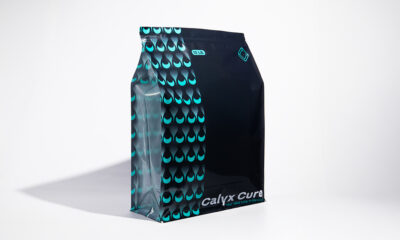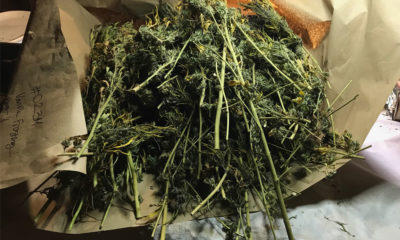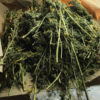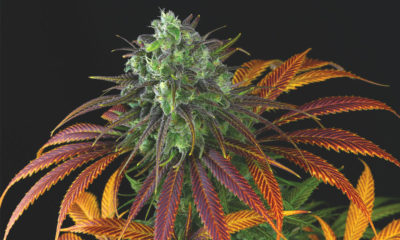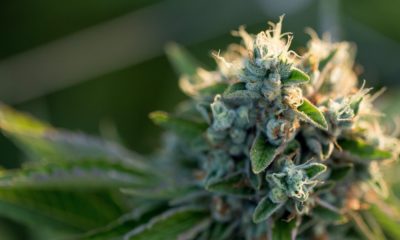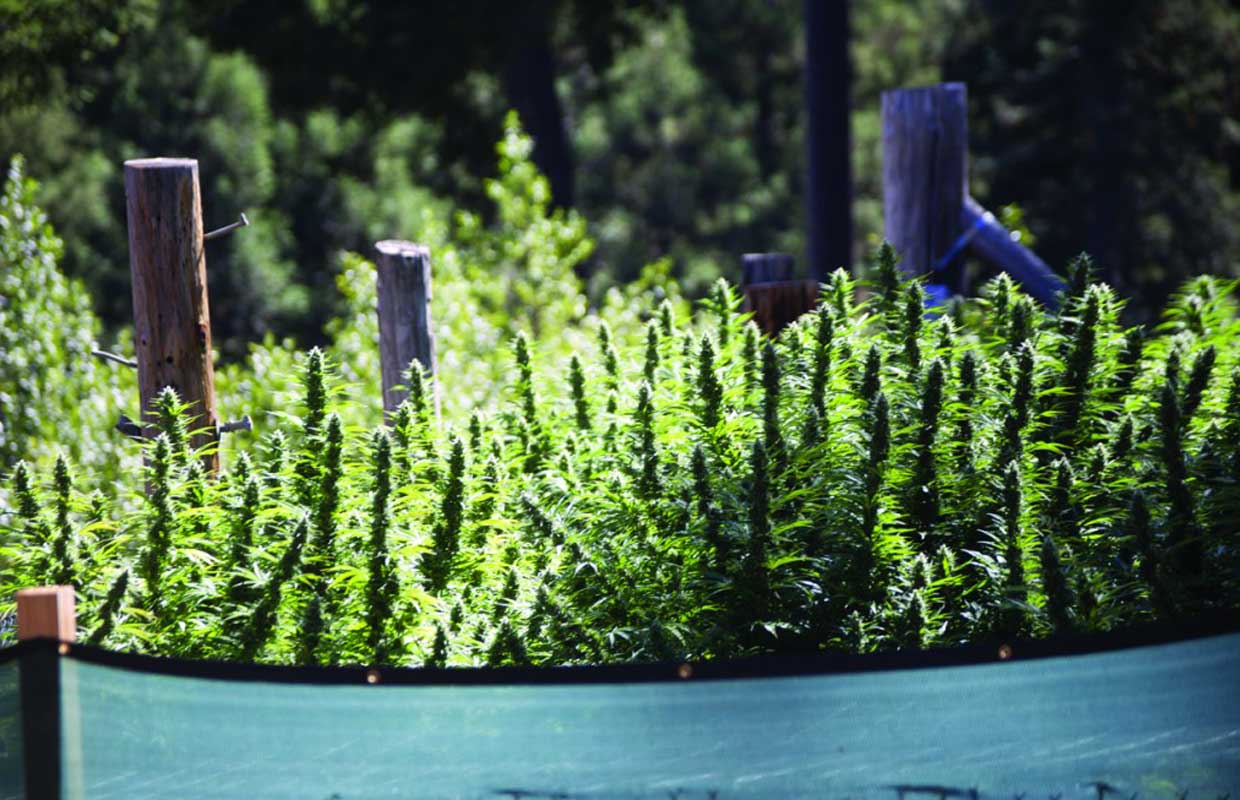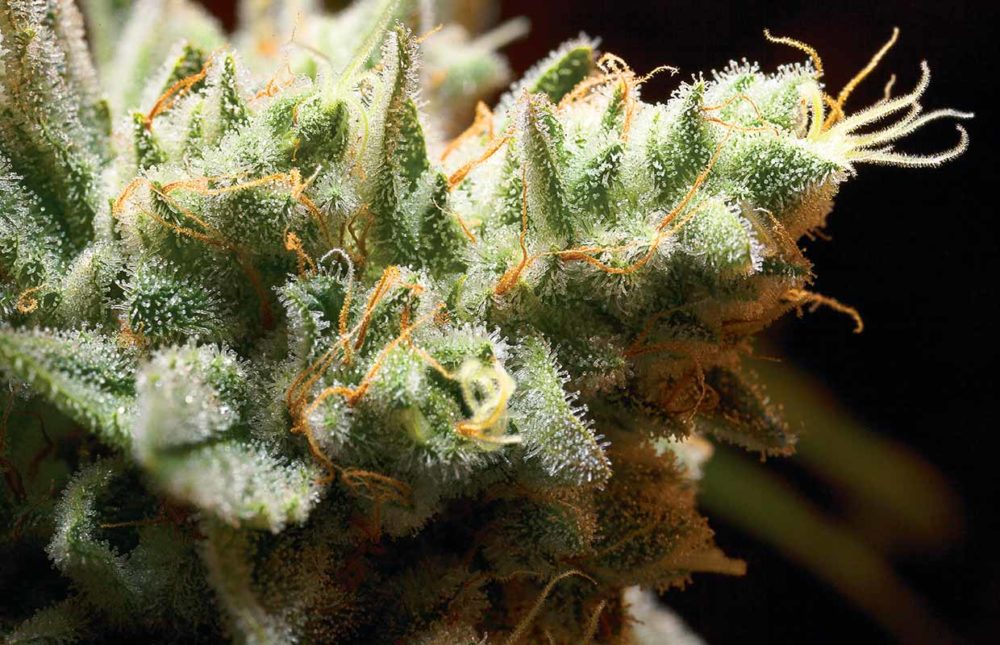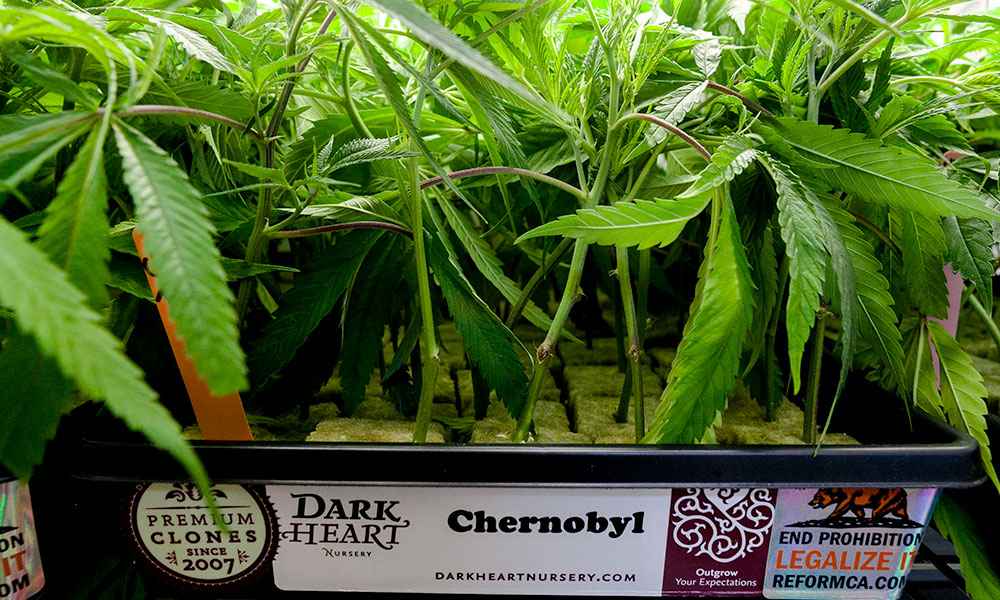
Cultivation
Dark Heart Nursery Identifies Major Virus Behind ‘Dud’ Cannabis Plants
Dark Heart Nursery has identified that the HpLVd virus — said to infect up to 30 percent of crops — causes cannabis plants to grow poorly.
In an announcement likely to send shockwaves through the cannabis industry, Dark Heart Nursery announced on Thursday it had positively identified hop latent viroid (HpLVd) as the cause of “dudding” in cannabis plants, resulting in lost vigor.
After identifying HpLVd is the culprit behind poor cannabis plant performance, Dark Heart started testing for it and eliminating it in 2018.
Dark Heart Nursery Founder Dan Grace told Cannabis Now that the research the nursery started in regards to HpLVd would typically be done by universities as a service to industry. “You look at UC Davis and they have a department called Foundation Plant Services,” he said. “The work that we’ve done here with cannabis, they would normally do for grapes, sweet potatoes, almonds and stuff like that. It’s almost always a government service to the industry.”
Is cannabis forced to incubate this kind of science in the same way it has had to incubate regulatory ideas over the last two decades? “Exactly,” Grace said. “You know, especially when we started this, there weren’t even sequencers you could work on. It was like us doing it on a shoestring in our warehouse.
Grace says that Dark Heart can’t work as a quality nursery without a research arm. “That’s why we started our lab five years ago. It’s why we started this pathogen eradication work. It’s why we do a million experiments every month in production. Because it’s hard to be a farmer.”
Grace says they always conduct the research in-house without financing, which often makes things challenging. The lab was originally intended to be a production operation where they were going to do micropropagation.
“Back then, we had kind of grown out of our facility, and there weren’t greenhouse production facilities available on the market at the time. We thought micropropagation would be a good way, living in this indoor environment we’re in, to make a lot more plants for our customers,” Grace said. “In parallel to that, we started this work around what we were calling ‘dudding.’”
Dark Heart called the dudding virus “Putative Cannabis Infectious Agent,” a name selected by Dr. Rick Crum in describing the virus. And then Dr. Jeremy Warren, now Dark Heart’s director of plant health, would later identify it as a perfect match for hop latent viroid.
Identifying the HpLVd Virus in Cannabis
Grace said the now-identified HpLVd came onto the scene around 2014. Some of the earliest signals something was up came from growers on various cultivation forums online. “We shouldn’t undersell the work that was done by small-scale growers, underground growers, on these forums,” Grace said. When folks began trying to identify what was up, it came to Dark Heart’s attention.
“We started looking into it. There was some early speculation it was russet mites, or something like that, which we didn’t buy into,” Grace said. “But then we said it does kind of look like it could be a virus.” Grace said they did what everyone else did at the time and tested for all the known viruses.
None of those tests have ever come back positive to this day. At the time, it left them scratching their heads wondering if maybe it wasn’t a virus, maybe just some weird genetic thing was happening. In 2017, Dark Heart saw a presentation by Dr. Rick Crum on dudding, where they got the PCIA name. Crum noted that 35 percent of plants he was seeing had symptoms.
“He had a multiyear graph going back to 2013 or so, and you could see the prevalence was increasing over time, which usually means when you see that sort of thing is that it has to be a pathogen. Something that is spreading and gets worse over time feels like a pathogen,” Grace said.
Krum echoed the sentiments of many in regards to dealing with PCIA, saying the best path forward was to introduce new healthy stock. Grace believed that would keep things down, but never fully eliminate the issue. He decided to dive in.
He had an old friend and recent Ph.D. in microbiology from UC Berkeley take a look. He was able to confirm they were dealing with a pathogen that was likely a virus. “So that was good, it told us we were heading in the right direction. But most importantly, it didn’t give us an ID or a diagnostics test we could use to positively identify infected and non-infected plants.”
From there, Grace used his network to find Dr. Jeremy Warren. Warren has a Ph.D. in plant pathology from UC Davis. Warren was working on food safety pathogens at the time when Grace asked him if he’d be interested in coming on board to help identify the pathogen they were seeing.
“It is important to note that finding a potential pathogen within a plant was only the first step in determining if the pathogen is indeed causing the disease in question,” said Warren. “To demonstrate causality, healthy plants were inoculated with an infectious clone of HpLVd to confirm that the developed symptoms were consistent with PCIA.”
Under Warren’s direction, the Dark Heart team monitored the infected plants and their healthy counterpart plants for three months. This allowed them to the development of symptoms. Eventually, it became clear that the HpLVd-infected plants showed PCIA’s symptoms confirming that HpLVd is causing PCIA symptoms in cannabis.
“Keep in mind that we had no idea what this was,” Grace said, “At the time, we were thinking it’s possible this is a virus that nobody had identified before.” Grace explained in the event of that kind of mystery you would need to break down the genetic code segment by segment and do a statistical analysis of what each segment is most similar to.
Grace said the silver bullet in all this came three weeks after Warren had infected healthy plants when the traits matched PCIA perfectly.
From there Warren was able to develop a diagnostic test. Once they had the diagnostic test, Dark Heart was able to prove the clean plant tech worked in removing the HpLVd — and they were able to kick things into full gear.
We asked Grace if HpLVd might have come to cannabis out of the hop country that makes up the Pacific Northwest. “It’s hard to say for sure, but I think it’s a fair guess,” Grace said.
In a webinar after the announcement, Dark Heart fielded questions on the new virus. The first question was what percentage of crops they saw were infected, and they put the number at 30 percent. Another question asked if the HpLVd virus was gene-pool specific. While it’s still anecdotal, Dark Heart said they had noticed there is definitely some kind of strain component with some facing harsher effects from HpLVd than others.
DHN also noted that the symptoms of HpLVd are worse in cannabis than hops, and there is zero mutation. Other anecdotal evidence seems to point to dense indoor plantings being hit the hardest by HpLVd. “We don’t have as serious reports from outdoor growers,” Grace said.
TELL US, have you tried growing cannabis indoors?



